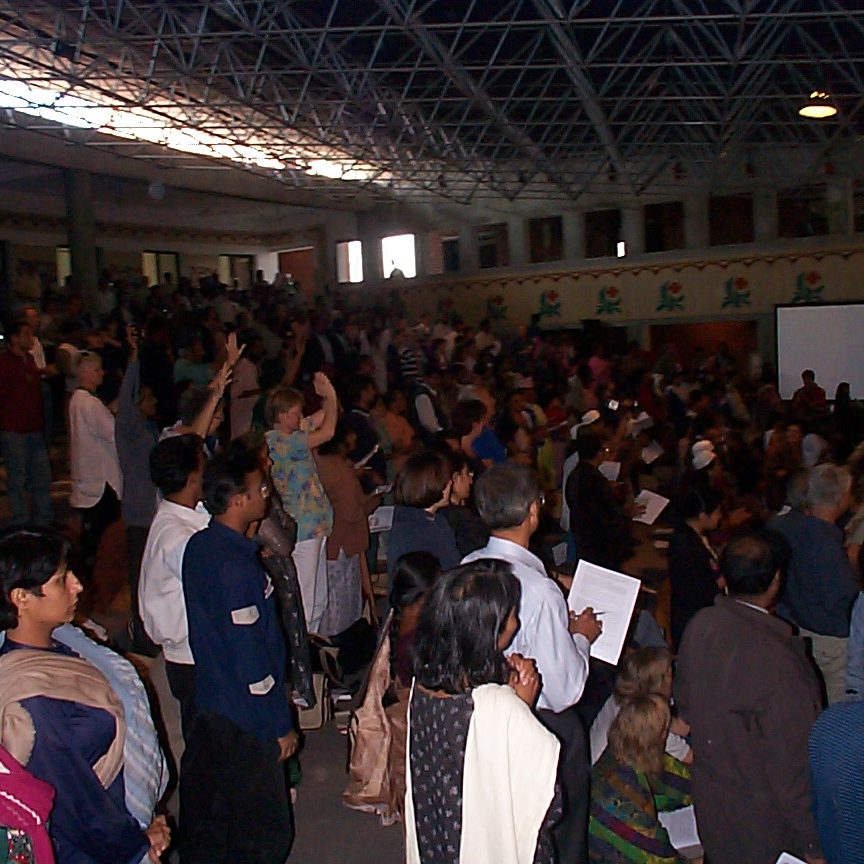
Region: South Asia
Language: English
Source: material collected as part of the PHM global action-research project “The contribution of civil society organisations in achieving health for all”
Author(s): JSA (PHM network in India)
Summary: Story of how the mobilisation towards the first People's Health Assembly (Dhaka, 2000) took place in India. Roots of "one of the most extensive pre-conference campaign activities": excellent tradition of progressive academic scholarship (expose the problem), large number of innovative models of community health care (health for all is possible). Challenge: extend this understanding beyond intellectuals and NGOs, gain popular support to place HFA in the political agenda of the nation (“taking health care issues to the streets”). Actions: involving new networks (also not so involved in health, e.g. literacy workers network) and strengthening existing ones → alliance against globalization and its adverse impact on health; networking networks (mutual support and reinforcement, new ideas and possibilities for future action); resource sharing (program content, financial and infrastructure resources; each one with what they had), in almost all states and at the national level (beyond knowledge, skills and finances, also new confidence and new optimism were shared: warmth of peer recognition, increase in public recognition); combining advocacy with community action (given for some organisation, not at all for others who made a clear policy decision in addressing service delivery or advocacy; overall this synergy increased the number of networks involved and enhanced the credibility and outreach of the whole process); autonomy, flexibility and coordination (coordination committees and working groups at district, state and national level; organisations were welcomed and encouraged to take independent activities; all national coordination committee decisions were viewed as guidelines by states, with room for individual states/organisations to opt out or do it differently). Activities: building a common understanding (5 books written/edited through participatory process + people's health charter); the district level process (5-book set + model questionnaire; district resource group, resource groups in each block to conduct a dialogue with people in 30 villages + visits in PHC centres and health staff using questionnaire as a guide → local health charter then brought to block convention > district convention > state convention); public awareness campaign (different in each district; including workshops, seminars, people's dialogue, surveys and conventions; sale of the five books; poster campaigns; traveling street theatre, rallies and processions; media coverage weak; targeted doctors, few in numbers but key as resource persons and for creedibility); people's health trains (long distance trains, interaction while on board!); National Health Assembly (culmination of the campaign; over 2000 delegates; participtory and consensus building process among the 18 organisations); beyond the Calcutta and Dhaka assemblies: need for an organizational form which retains a mix of coordination and autonomy and allows for frequent consultation and mutual support; advocacy for policy changes (immediate as well as long term) based on a set of well defined objectives; a few well-chosen coordinated programmes that would extend the outreach of the PHA network; if programmes also help people cope with the health crisis that would lend credibility to the efforts for policy changes.
For more information on this experience, please write to Amit Sengupta [email protected] and/or to T. Sundararaman at [email protected].
Key practices: relationships; decision-making, structure and organisation, sustainability; advocacy, campaigns, communication; participation, community action; networking, alliances and cooperation, resource sharing; knowledge generation; popular education
Read the full report here

